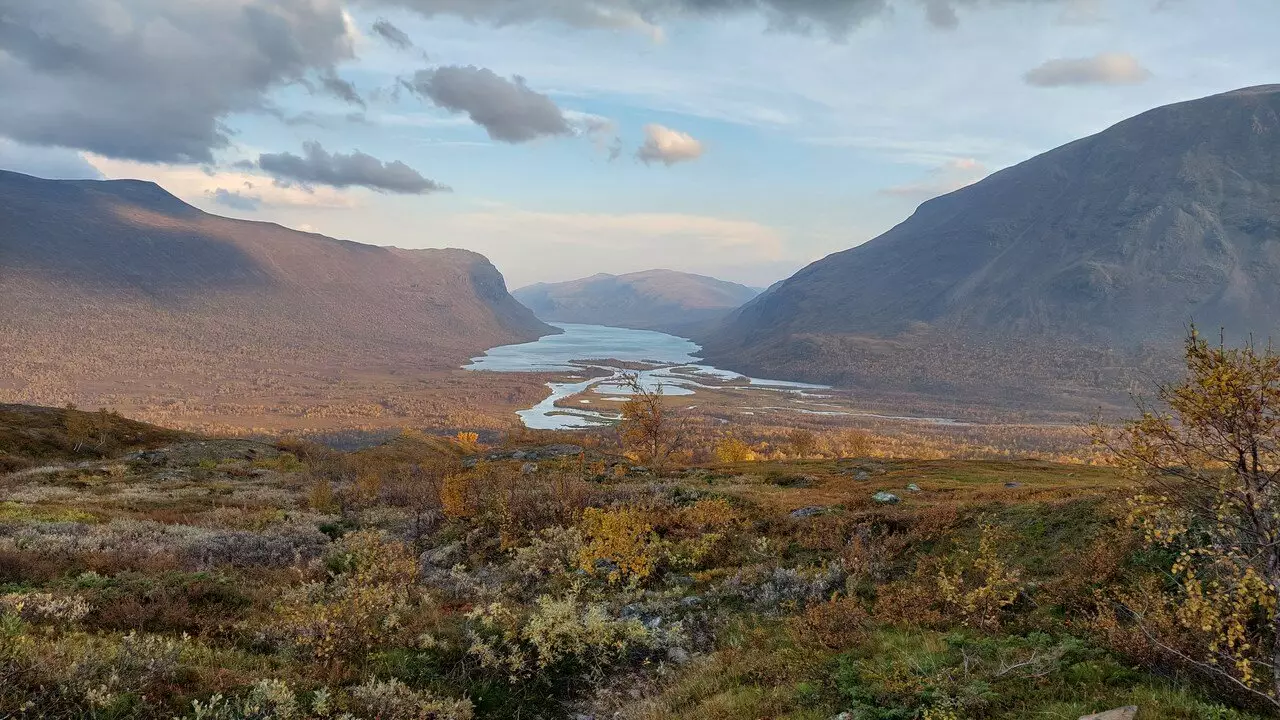In the ever-evolving conversation surrounding climate change, a surprising player has remained largely in the shadows: inland waters. Recent findings from Umeå University, spearheaded by Jan Karlsson, uncover the significant role of streams, rivers, and lakes in the carbon cycle, particularly in cold regions. These water bodies are not merely passive components of our ecosystem; they actively contribute to greenhouse gas emissions, a factor often overlooked in traditional climate assessments. This neglect can lead to a distorted understanding of global carbon dynamics, challenging our ability to develop effective responses to climate change.
Cold regions, especially northern latitudes and high altitudes, are currently undergoing rapid warming, with temperatures rising disproportionately faster than the worldwide average—up to four times greater in some cases. This alarming trend poses a dual threat: it stresses existing ecosystems and catalyzes the release of vast stores of greenhouse gases long trapped in these environments. As these areas warm, they release more carbon into the atmosphere, prompting concerns about escalating climate impacts. Notably, while terrestrial ecosystems have been the focal point in discussions of carbon sequestration and greenhouse gas emissions, the adjacent inland waters may export large amounts of carbon that exacerbate climate change.
The collaborative research led by Chunlin Song from Sichuan University and Jan Karlsson reveals that current methodologies are inadequate for fully capturing the carbon flux across interconnected land-water systems. The study examined over 3,000 lakes and rivers across the Northern Hemisphere, concluding that emissions from these bodies are more substantial than previously recognized. This newly gathered evidence indicates that emissions from northern lakes and rivers may offset substantial portions of carbon uptake by surrounding land ecosystems.
Importantly, the research outlines crucial regional disparities in emissions, particularly regarding the substantial role of rivers and the influence of permafrost coverage. The thawing of permafrost is particularly concerning; as it melts, it releases not just water but also significant quantities of stored carbon, thus posing an additional threat to our climate.
The implications of these findings are stark and far-reaching. As temperatures continue to rise, especially in the already warming polar and high-elevation regions, the contributions of inland waters to the overall greenhouse gas emissions scenario are expected to become increasingly critical. Karlsson echoes this urgency by emphasizing the need for a paradigm shift in how we conduct climate assessments. “To grasp the comprehensive impacts of climate change on the carbon cycle, we cannot continue to isolate land and water systems. Their interconnectedness must be a core consideration in future research,” he asserts.
Despite the compelling evidence for the role of inland waters in carbon emissions, significant challenges remain in accurately studying these complex interactions. Karlsson highlights the necessity for integrative research programs that span various scientific disciplines. Each environmental subsystem—be it terrestrial, aquatic, or atmospheric—operates in a delicate balance, and understanding this interplay is essential for devising effective climate solutions. Moreover, he advocates for enhanced research infrastructures and funding geared towards fostering collaborative studies that bridge the gap between land and water dynamics.
Ultimately, changing the narrative around climate assessment is paramount. As our understanding of the carbon cycle evolves, so must our approaches to research and policy-making. By addressing the underrepresented roles of inland waters in climate dynamics, we can bolster our efforts to combat climate change effectively, ensuring a healthier and more sustainable world for generations to come.

